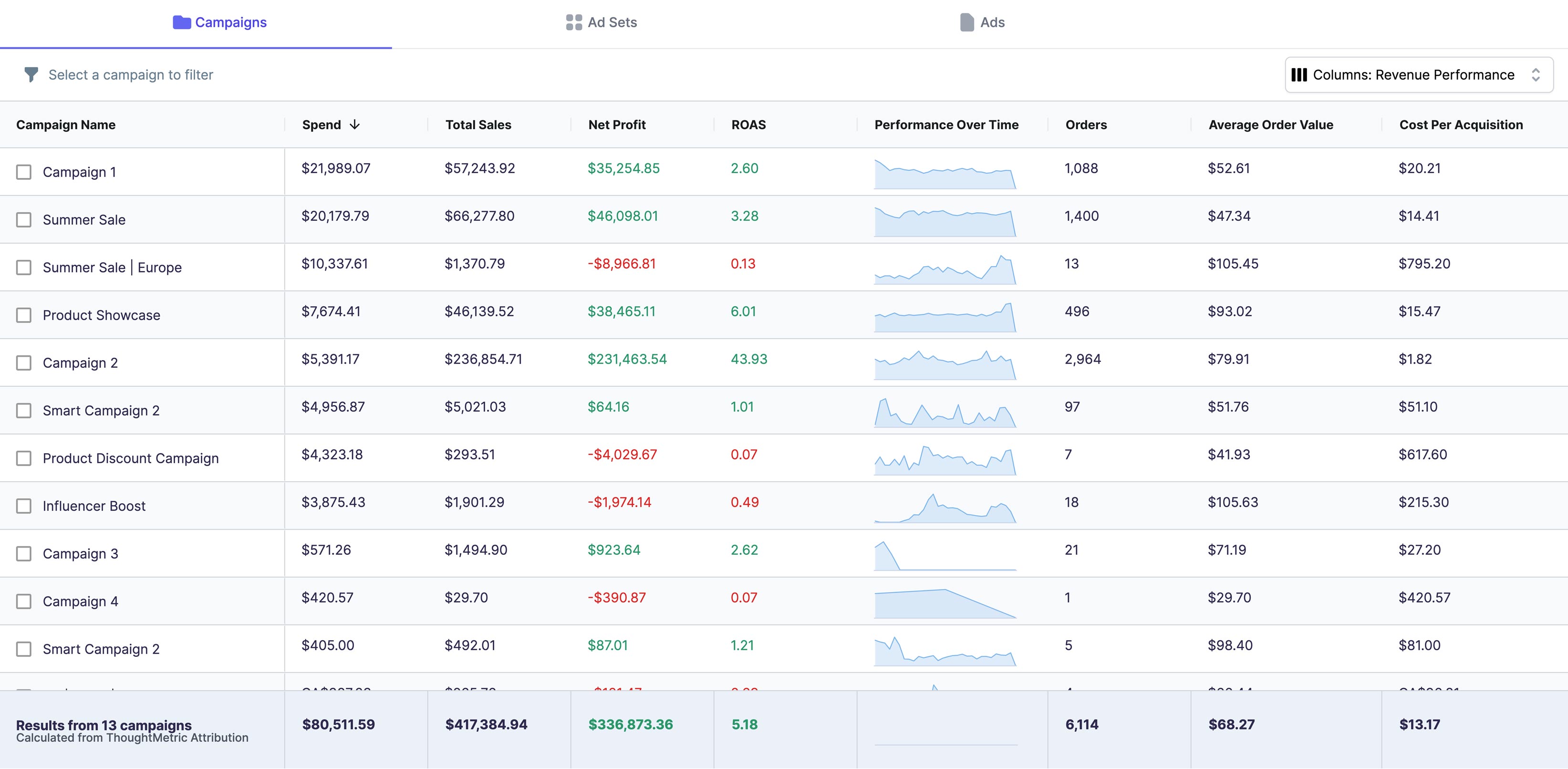If you're running an online business, Shopify is a powerful tool that can help you manage your operations, including tracking your gross sales. Gross sales are a critical metric that can help you understand the overall performance of your business. In this article, we'll explore everything you need to know to accurately calculate your gross sales using Shopify.
Understanding Gross Sales
Before we dive into how to calculate gross sales using Shopify, it's important to understand what it means. Gross sales refer to the total value of products or services sold during a specific time period, before any deductions for discounts, returns, or other expenses.
Imagine you own a bakery that sells cupcakes. Your gross sales would be the total amount of money earned from selling cupcakes, without taking into account any discounts or returns. This number is important because it gives you an idea of how much revenue your business is generating.
Definition of Gross Sales
According to Investopedia, Gross Sales are "the total amount of goods or services sold by a company during a given period of time, typically a year. It is the sales revenue a company generates before any expenses are deducted."
This means that gross sales are the total amount of money earned from selling goods or services, before any expenses are taken out. Expenses can include things like rent, employee salaries, and cost of goods sold.
Importance of Calculating Gross Sales
You may wonder why calculating gross sales is so important. Gross sales can help you measure the overall health of your business, identify trends, and make informed decisions.
For example, if you notice that your gross sales have been decreasing over the past few months, it may indicate that your business is not performing as well as it could be. This could prompt you to investigate the cause of the decrease and make changes to improve your sales.
Furthermore, gross sales are a critical metric used to calculate other important figures such as net sales, which accounts for expenses like returns, discounts, and other costs of running your business. Net sales give you a more accurate picture of your business's profitability.
Overall, understanding and calculating gross sales is an important part of running a successful business. By keeping track of your gross sales, you can make informed decisions and ensure that your business is on the right track.
Setting up Your Shopify Store for Accurate Gross Sales Tracking
Before you can accurately calculate gross sales, you'll need to ensure that your Shopify store is set up correctly. This will not only help you keep track of your sales but also improve your overall business operations. Here are some additional details to consider:
Choosing the Right Shopify Plan
There are several pricing plans available on Shopify, and each plan offers different features and benefits. For small businesses or those just starting, the Basic Shopify plan may be sufficient. However, if you have a larger team or need more advanced features, you may want to consider upgrading to the Shopify or Advanced Shopify plan.
With the Shopify plan, you can add up to five staff accounts, which can be helpful if you have a team helping you manage your store. The Advanced Shopify plan offers even more features, including advanced report building and third-party calculated shipping rates.
Integrating Sales Channels
One of the strengths of Shopify is its ability to integrate with multiple sales channels. This means you can sell your products not just on your website but also on marketplaces like Amazon, social media platforms like Facebook and Instagram, and even in-person using Shopify POS.
Make sure you take advantage of these sales channels by integrating them with your Shopify store. This will not only help you reach a wider audience but also ensure that all your sales data is accurately tracked and recorded in one place.
Configuring Tax and Shipping Settings
When setting up your Shopify store, it's important to configure your tax and shipping settings correctly. This will help you avoid any discrepancies in gross sales tracking and ensure that your customers are charged the correct amount for taxes and shipping fees.
In Shopify, you can easily configure these settings to automatically calculate taxes and shipping fees applicable to your products or services' sales. You can also set up tax exemptions for specific products or customers if needed.
By following these steps and ensuring that your Shopify store is set up correctly, you'll be able to accurately track your gross sales and make informed business decisions based on your sales data.
Calculating Gross Sales in Shopify
There are several ways to calculate gross sales in Shopify, depending on your preference.
Using Shopify Reports
One of the easiest ways to calculate gross sales is by using Shopify's pre-built reports. Go to your Shopify dashboard, click on "Analytics," and then select "Reports." From there, you can choose the report that best suits your needs, such as "Sales by product," "Sales by channel," and "Sales by staff." These reports will provide you with the gross sales figures for the specified time period.
Exporting Sales Data for External Analysis
If you prefer to work with external analysis tools like Excel or Google Sheets, you can export your sales data from Shopify. Go to your Shopify dashboard, click on "Analytics," and then select "Export." From there, you can generate a CSV file containing all your sales data, which you can then analyze using your preferred tool.
Calculating Gross Sales Manually
If you prefer to calculate gross sales manually, you can do so by taking the total revenue generated during the specified time period and subtracting any deductions such as returns, refunds, and other costs associated with sales. This method can be more time-consuming, particularly if you have a lot of transactions, but it can provide you with more detailed insights into your sales figures.
Analyzing Gross Sales Data
Once you have your gross sales figures, it's important to analyze them to gain insights and make data-driven decisions for your business.
Identifying Sales Trends
One of the benefits of tracking gross sales is that you can identify trends in your sales patterns. By analyzing your gross sales figures, you can identify which products or services are selling well, which sales channels are most profitable, and which time periods have the highest or lowest sales. This information can help you make informed decisions about product development, and marketing strategies, and more.
Comparing Gross Sales Across Time Periods
Comparing your gross sales figures across different time periods can help you track your business's performance over time. For example, you can compare your gross sales figures this month to the same time last year to see if your sales have improved. This information can help you gauge the effectiveness of any changes you have made to your business.
If you regularly offer promotions or discounts, tracking your gross sales can help you evaluate their impact on your business. By analyzing your gross sales figures during a sale period compared to non-sale periods, you can assess whether or not your promotions or discounts are effective and bring in more sales.
Conclusion
Tracking your gross sales is critical for managing your eCommerce business. By setting up your Shopify store correctly and calculating gross sales accurately, you can gain valuable insights into the overall performance of your business. Analyzing your gross sales data can help you identify trends, track your growth, and make informed decisions.





